Long QT Syndrome (LQTS) is a dangerous heart rhythm disorder that can trigger fainting, seizures, or sudden death. Understanding LQTS is vital for heart health.
What are the main causes of Long QT Syndrome LQTS?
- Genetic mutations affecting the heart's electrical system can disrupt rhythm, making patients more prone to Long QT Syndrome LQTS and sudden cardiac events.
- Certain medications including antibiotics, antifungals, and antidepressants can prolong QT interval, triggering Long QT Syndrome LQTS in vulnerable individuals.
- Electrolyte imbalances such as low potassium, magnesium, or calcium levels can disturb heart function, increasing the risk of Long QT Syndrome LQTS significantly.
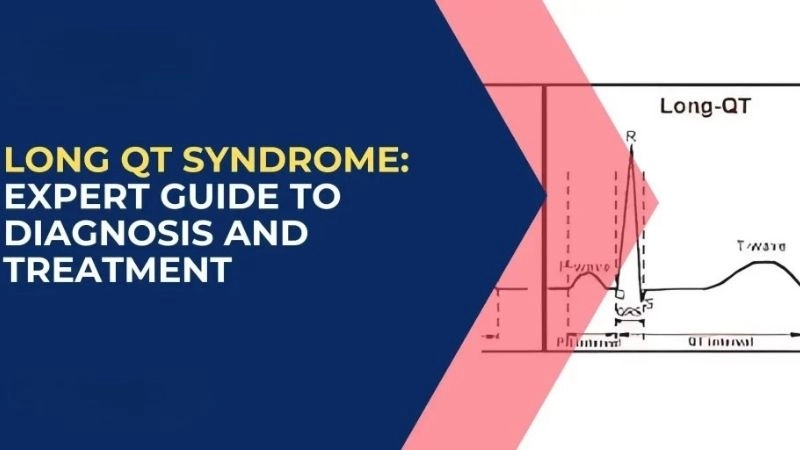
Causes Of Long QT Syndrome linked to heart signals
>>> Discover more: Premature Atrial Contractions (PACs) symptoms guide
Key symptoms of Long QT Syndrome LQTS to watch for
- Sudden fainting spells often occur after stress, physical exertion, or strong emotions, suggesting possible underlying Long QT Syndrome LQTS requiring urgent evaluation.
- Palpitations or rapid irregular heartbeat episodes can signal abnormal cardiac activity, a common symptom of Long QT Syndrome LQTS needing careful medical assessment.
- Seizures or unexplained convulsions may appear when reduced blood flow to the brain results from dangerous arrhythmias linked to Long QT Syndrome LQTS.
How can you prevent Long QT Syndrome LQTS effectively?
- Genetic testing and family history screening help identify risk early, allowing targeted monitoring to prevent serious consequences of Long QT Syndrome LQTS.
- Avoiding QT-prolonging medications and consulting doctors before starting new treatments are crucial preventive steps for Long QT Syndrome LQTS patients.
- Maintaining healthy electrolyte balance through proper hydration, diet, and medical supervision lowers the likelihood of developing Long QT Syndrome LQTS.
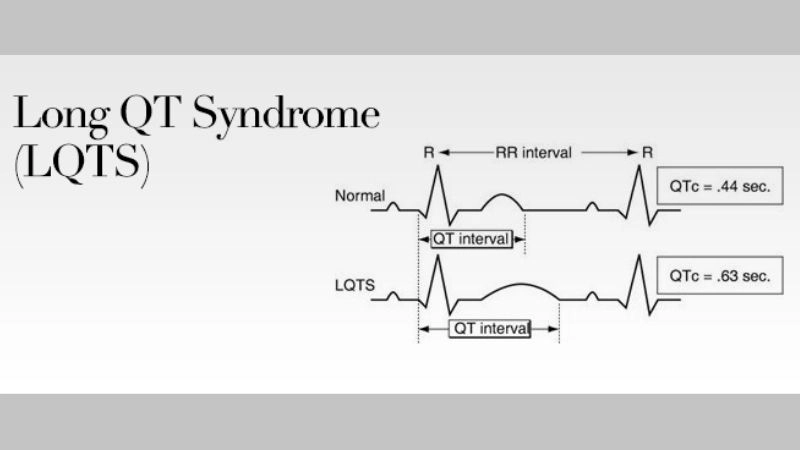
Long QT Syndrome Symptoms reveal silent heart danger
>>> Discover more: Exploring atrioventricular (AV) block symptoms and risk
Images visual examples of Long QT Syndrome LQTS
Long QT Syndrome LQTS is a rare but potentially dangerous heart rhythm disorder. Visual examples often include electrocardiogram (ECG) images showing prolonged QT intervals.
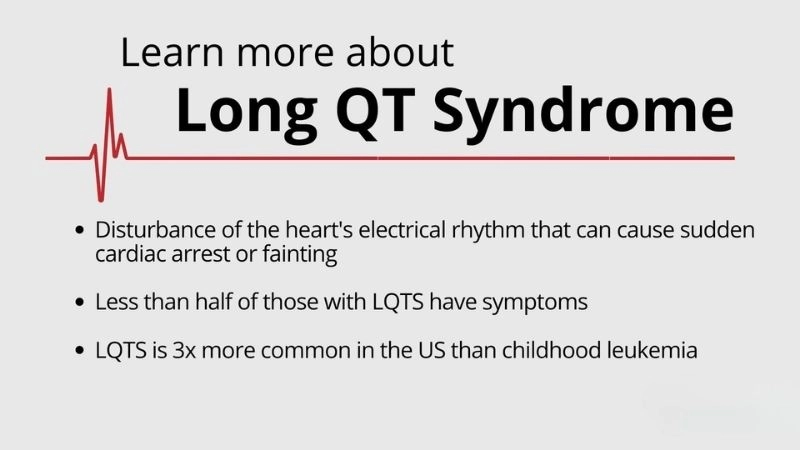
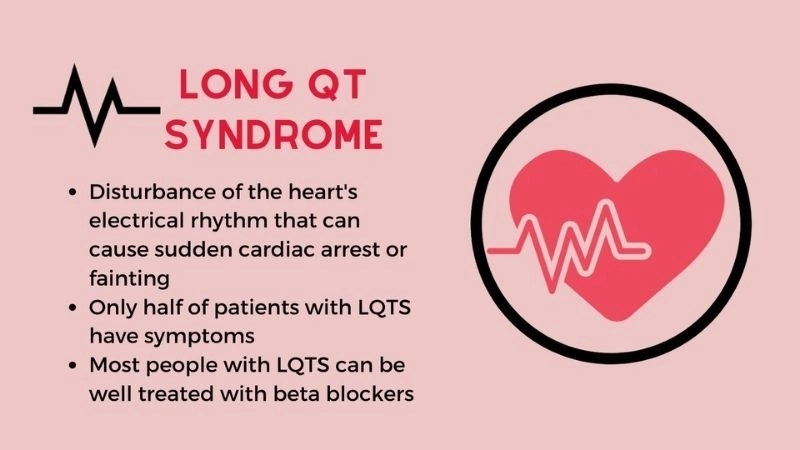
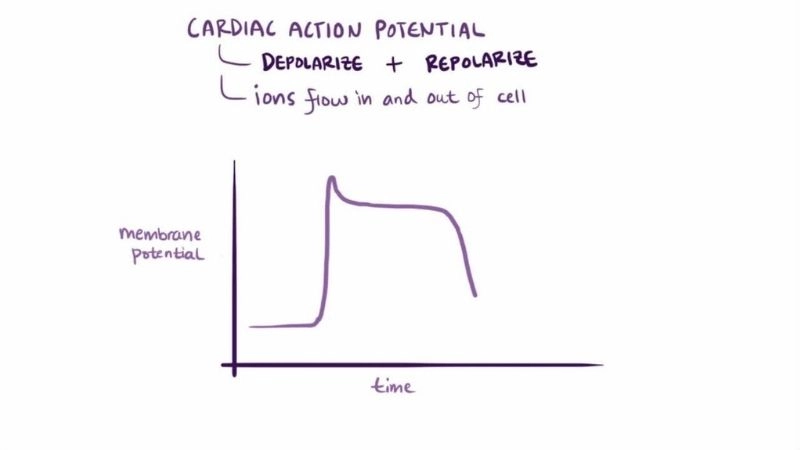
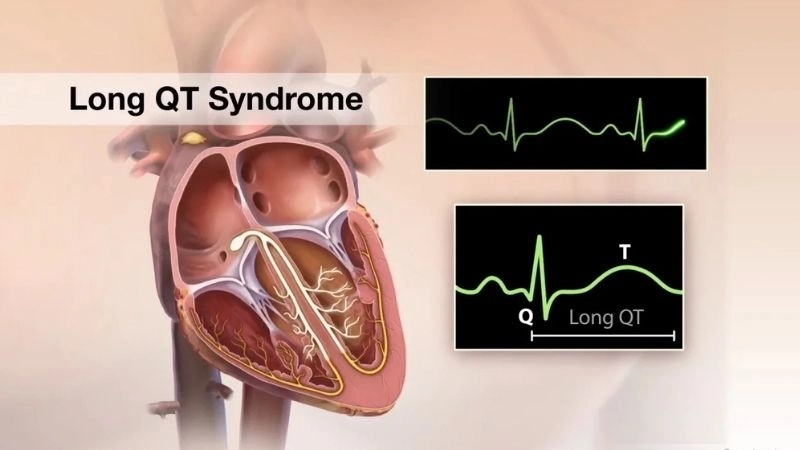
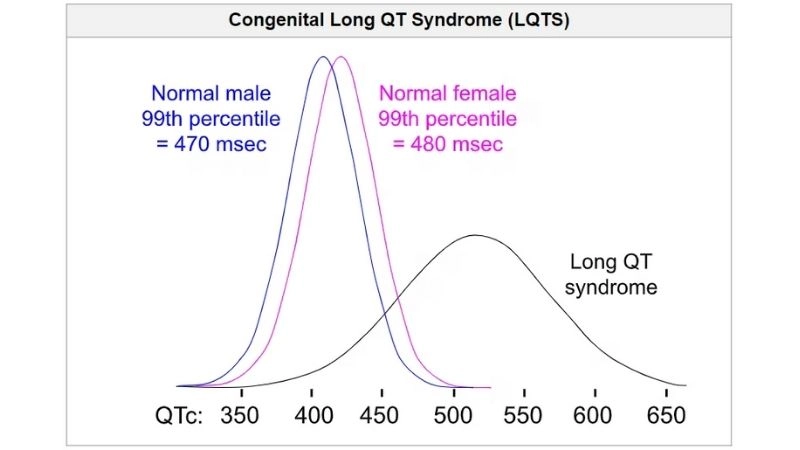
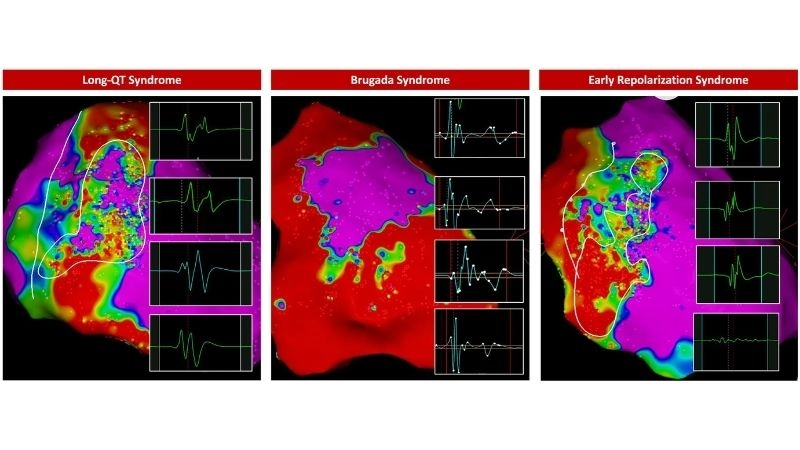
>>> Discover more: Risks of Bundle Branch Block (Left & Right) you must know
Managing Long QT Syndrome (LQTS) requires awareness, lifestyle adjustments, and medical guidance. Early detection and proper care greatly improve long-term outcomes.





